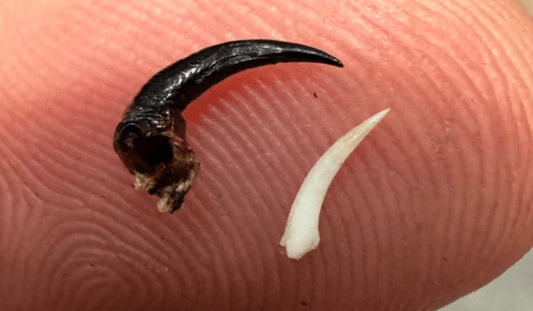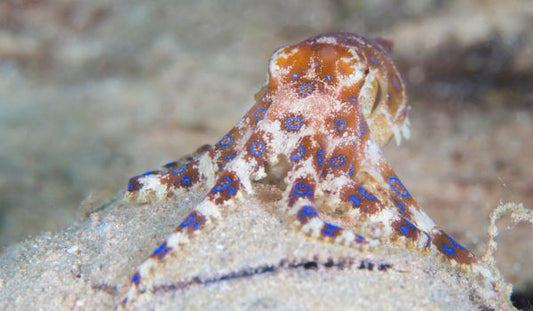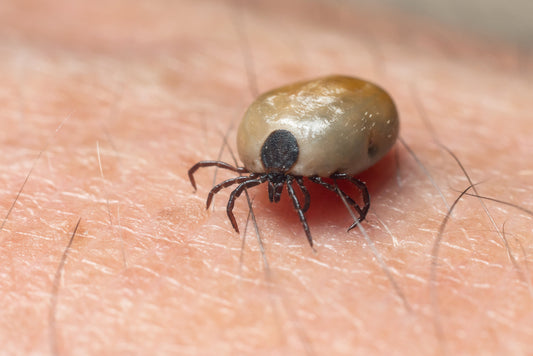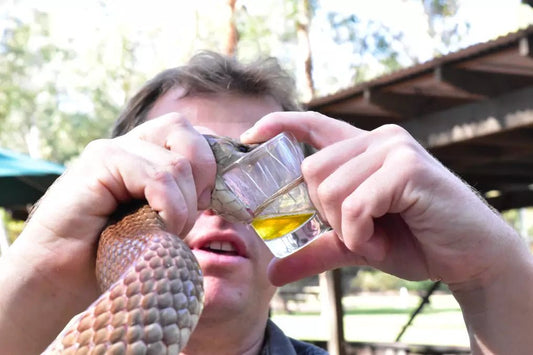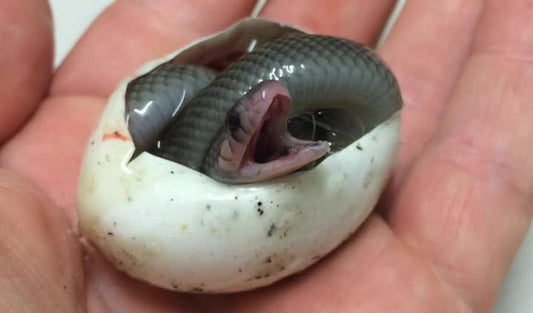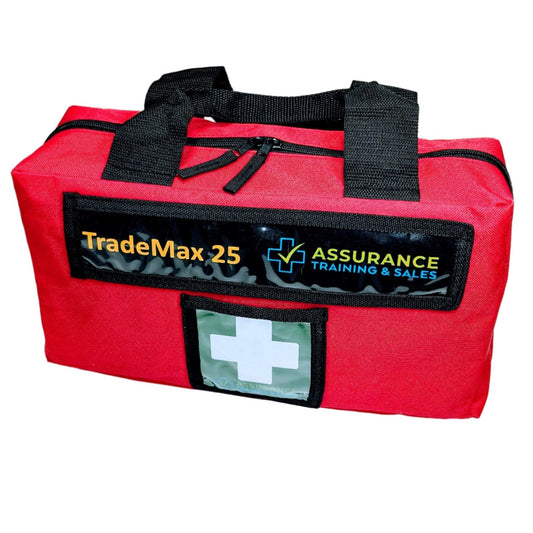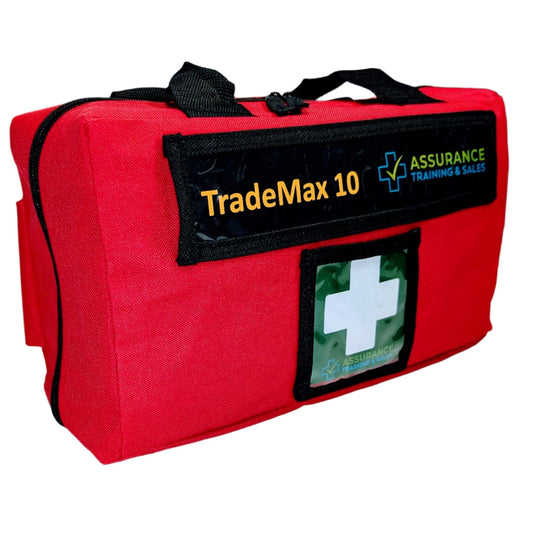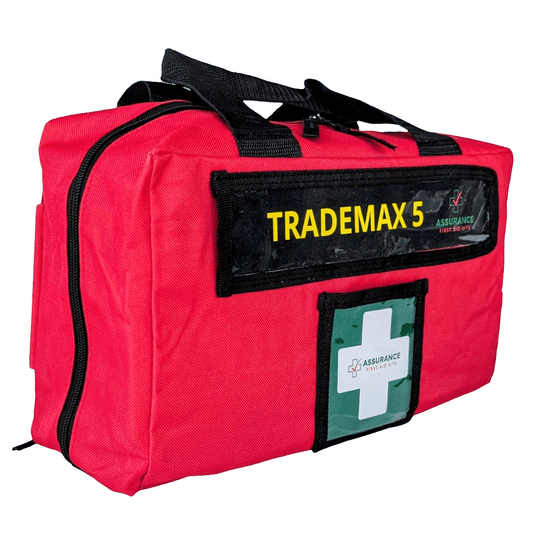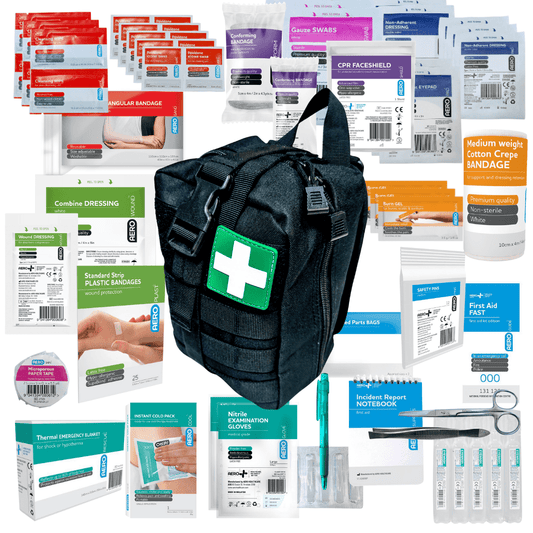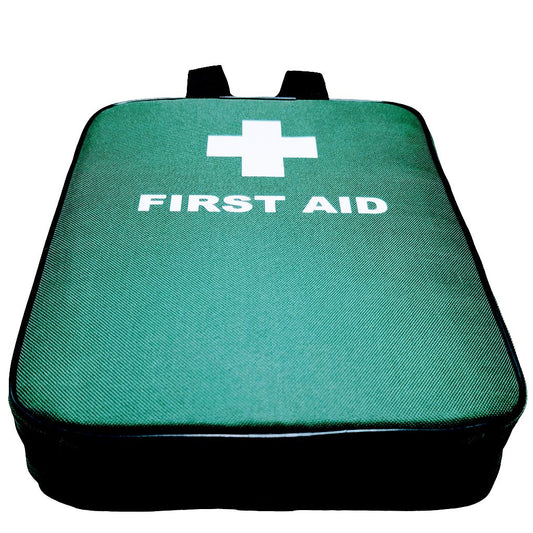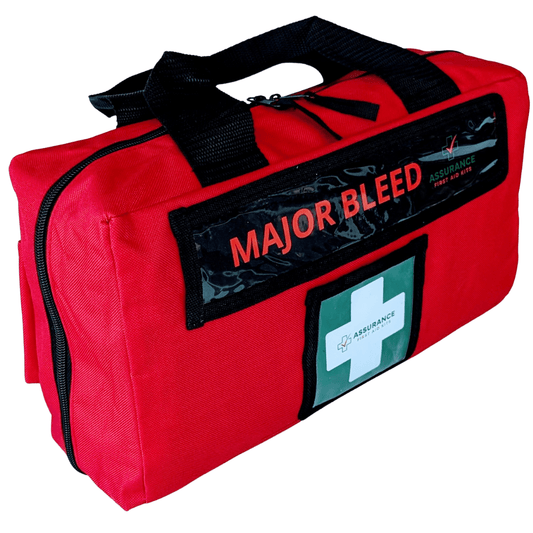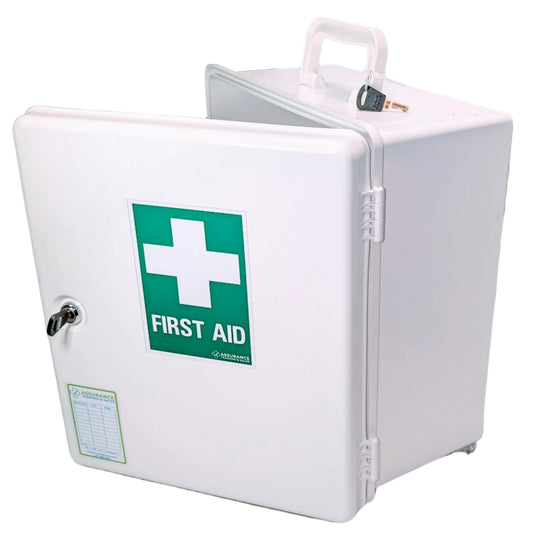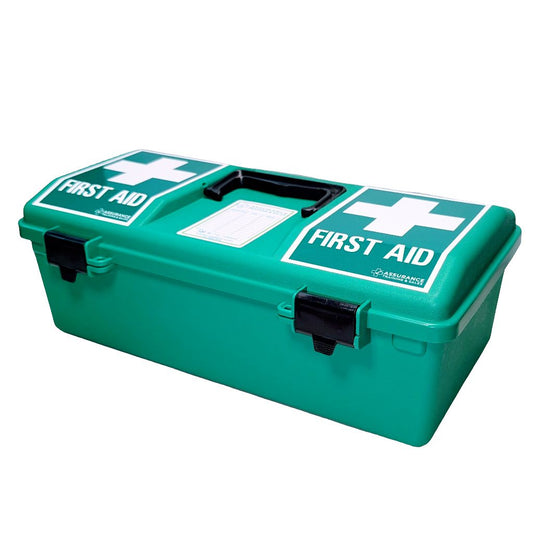Australia is home to highly venomous elapid snakes. Fatalities are uncommon today, but that’s because first aid and hospital care have improved — not because the risk is imaginary. Add spring breeding movements, curious dogs, barefoot gardening and weekend bush tracks, and you’ve got a predictable spike in encounters each year.
If you’re a local or a visitor, the question isn’t whether snakes exist where you are — it’s whether you’re prepared to respond calmly with the right first aid kit and technique.
 Why Aussies (and Tourists) Are All Exposed
Why Aussies (and Tourists) Are All Exposed
- Suburbs are not “safe zones”. More than half of fatal bites have historically happened in or near the home during warmer months.
- Spring–early summer = more movement. Males roam to find mates; sightings and road/backyard encounters jump.
- Bites aren’t always obvious. Many Australian snakes have fine fangs; some bites feel like a scratch or nothing at all.
- Tourists underestimate the environment. Light footwear on trails, picking up “sticks” (that move), or trying to shoo a snake can all end badly.
- Dogs lead the danger. Pets investigate movement; owners get bitten trying to intervene.
 How Venom Really Moves (and Why Movement Matters)
How Venom Really Moves (and Why Movement Matters)
In Australia, snake venom typically spreads via the lymphatic system, not the bloodstream. Lymph flow is driven by muscle movement — walking, fidgeting, even talking with your hands. That’s exactly why the Pressure Immobilisation Technique (PIT) is the gold-standard first aid here: a firm elastic bandage and a splint to lock the limb still, slowing venom transport until paramedics and antivenom are available.
Where the Numbers Sit
Envenomation makes up a smaller slice of injuries than, say, sports — but it’s serious when it happens. The table below shows how venom-related hospitalisations break down in Australia and why snakes still matter.
| Indicator | Figure | Notes |
|---|---|---|
| Fatal snake bites (2000–2016) | 35 total | Most in warmer months; many near the home |
| Deaths from venomous animals (2017–18) | 19 total | Includes 7 snake-related deaths that year |
| Hospitalisations due to venomous animals (2017–18) | Snake bites ≈ 17% | Bees higher overall, but snake envenomation has unique urgency |
Urban Risk Is Real — and Seasonal
“Snake risk” isn’t just a remote outback problem. Warming weather coaxes snakes out to hunt and breed — especially in suburban edges where rodent numbers are high (chook feed, compost, pet food). In spring, males are on the move earlier than females and are seen more often on roads and in backyards. That’s when complacency bites: you’re gardening in thongs, the dog noses a garden bed, someone reaches under a timber stack. A kit within arm’s reach, plus a practiced PIT bandage, turns panic into a plan.
What a “Real” Snake Bite Kit Should Include
- Broad elastic bandages (multiple) with tension indicators so you know when it’s firm enough.
- Rigid splint to immobilise the limb.
- Clear, ANZCOR-aligned instructions (and ideally video lessons you can follow now, not during an emergency).
- Lightweight pouch that lives in your 4WD/daypack and a second kit in the shed or laundry.
Find the best kit for your family
 ANZCOR First Aid: What To Do If Bitten
ANZCOR First Aid: What To Do If Bitten
- Call Triple Zero (000) immediately.
- Keep the person still and calm. Don’t let them walk.
- Do not wash, cut or suck the bite. Do not use a tourniquet.
- Apply a pressure bandage. Start over the bite (limb), then firmly bandage the entire limb from fingers/toes toward the body.
- Immobilise with a splint and keep at rest. Mark the bite site on the bandage if known.
- Monitor airway and breathing. Be ready to start CPR if needed. Stay until paramedics arrive.
FAQ
Do city dwellers and tourists really need a kit?
Yes. Many incidents occur in or near homes in warm months, and tourists often explore tracks in light footwear. A compact kit + know-how is smart risk management.
Do I need to identify the snake?
No. Apply first aid and call 000. Hospitals use clinical signs and laboratory testing to guide antivenom.
Can I drive to hospital myself?
No. Movement spreads venom; call an ambulance and remain still while applying pressure immobilisation.
Australian References (E-A-T)
- ANZCOR Guideline 9.4.1 – First Aid Management of Australian Snake Bite
- ANZCOR Guideline 9.4.8 – Pressure Immobilisation Technique
- AIHW – Venomous bites and stings 2017–18
- Australian Museum – Eastern Brown Snake (seasonality & behaviour)
- NSW Emergency Care Institute – Snake & Spider Bite (clinical tool)
- Queensland Government – Living with snakes (backyard prevention)
- University of Melbourne – Fatal snake bites in Australia (facts & stats)
Next step: Get the right kit and practise the bandage now — not in an emergency. See our snake bite kit and free training.
This article is general information only and does not replace medical advice. In any suspected bite, call 000 immediately.



